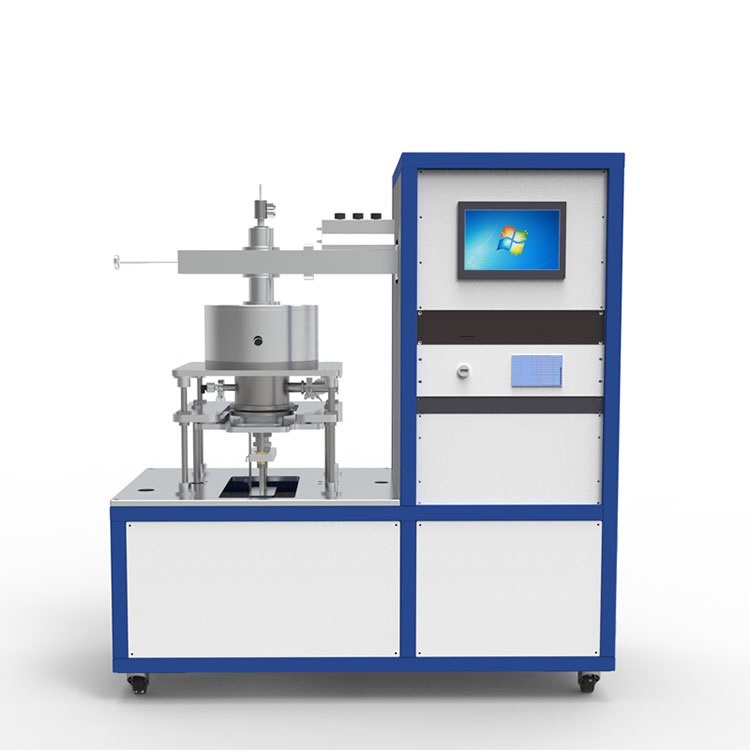Diamond films have distinctive mechanical, electrical, optical, and thermal properties, and a range of applications. In particular, the diamond is termed the ultimate semiconductor material for electronic devices that will operate at high power and high frequency. As the chemical bond of diamonds is extremely strong, diamond devices will work at high temperatures, as well as beneath strong chemical environments or in high-radiation conditions. At present, there are 2 main methods for synthesizing diamond crystals, high-pressure high-temperature (HPHT) and chemical-vapor deposition (CVD). For the HPHT method, it is difficult to grow large single-crystal diamonds and the crystal size is mainly smaller than 10 × 10 mm2, while the CVD method is the more promising approach to produce large-size high-quality diamond films.
If the chemical reaction in CVD is initiated by microwave plasma then it is called Microwave Plasma Enhanced Chemical Vapor Deposition (MPECVD). A crucial issue for a roll-to-roll thin film cell production system is the deposition rate of the microcrystalline layer and this can be tackled using MPECVD. This technique has gained popularity in diamond and graphene fabrication. This paper discusses about the designing of an MPECVD chamber operated at 2.45 GHz of frequency using Finite Element Method (FEM) simulation. The design consists of a coaxial waveguide and a cylindrical chamber at the center connected using 4 slots in each direction. The placement of slot affects the resonant mode in the chamber. Hence the slot placements in the middle and the bottom positions of the plasma chamber produce the TE111and TM011mode inside the plasma chamber at 2.45 GHz, respectively.
MPCVD is another very important method that has been frequently used for diamond deposition. Here, microwave plasma is used to activate the hydrocarbon feed and dissociate molecular hydrogen. Typically, 2.45 GHz is used as excitation source. Microwave plasma oscillates electrons, which in turn produces ions by colliding with gas atoms and molecules. However, the deposition area is restricted for a microwave CVD reactor. Typical 2–3 cm substrates are used for deposition of diamond in an MPCVD reactor. The size of the plasma ball increases with increase in microwave power. It has been observed that intimate contact of the plasma ball with the substrate is not essential for diamond deposition by MPCVD technique. A substrate of ∼10 cm diameter may be coated uniformly with diamond without having the plasma ball in direct contact with the substrate.
Kerone Microwave Diamond CVD systems incorporate tunable resonant cavity technology offering proven diamond deposition capability with high efficiency and control.
Key Features
- Precise plasma control
- Efficient energy coupling
- Flexible processing options
- Provent scale up performance
- Uniform deposition & high rates
- Fully integrated systems
- Process development services
- Clean room compatible
Integrated Systems for R&D and Production
- Computer controlled with auto cycle profiling and integrated microwave, gas handling & vacuum modules
- Remote position control of cavity tuning & substrate
- Power option from 1.2 kW to 10kW 2.45 GHz
- Process parameters from 20 to 00 Torr
- Complete range of process gases
We at KERONE have a team of experts to help you with your need for Microwave plasma chemical Vapour deposition in various products range from our wide experience.

